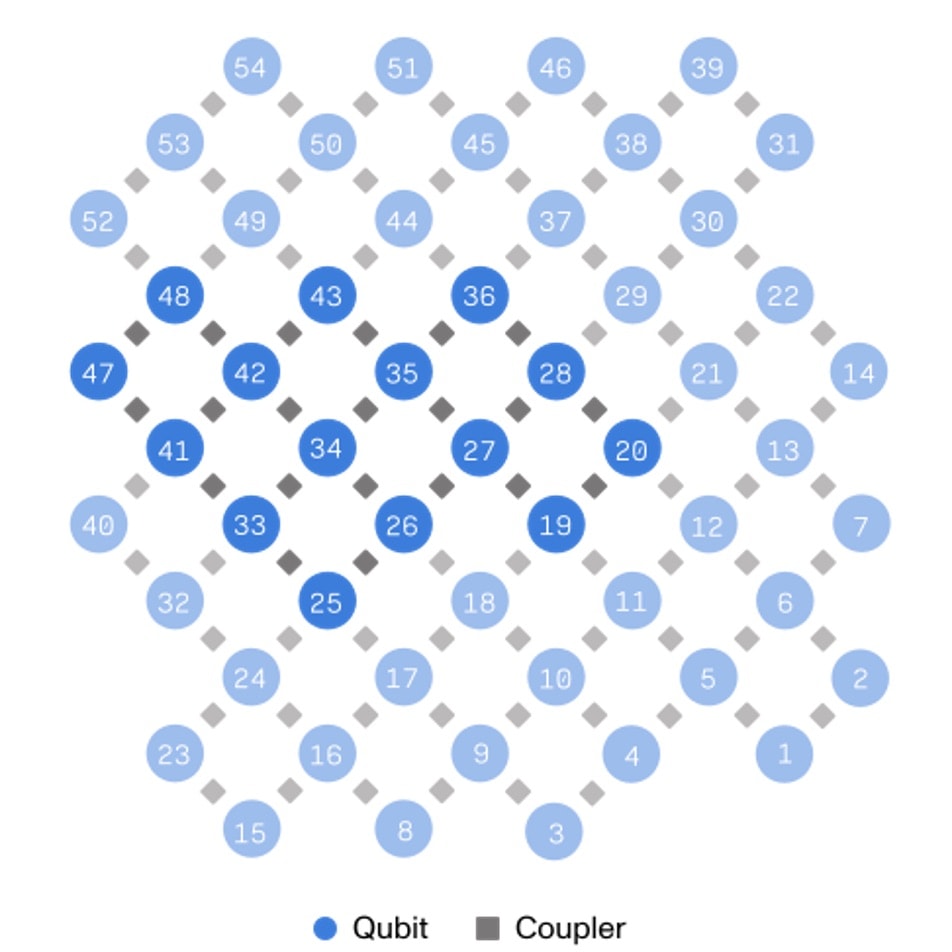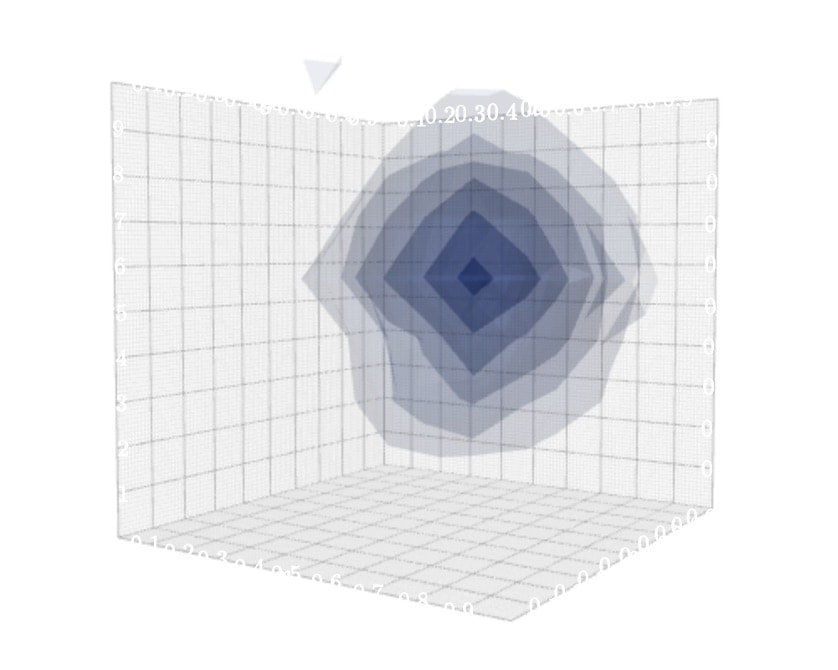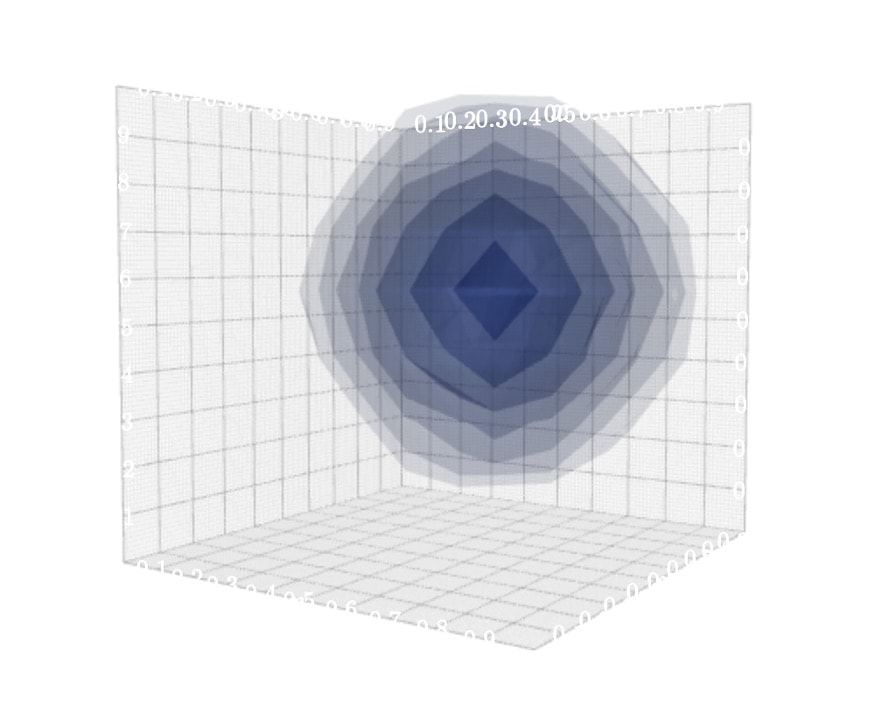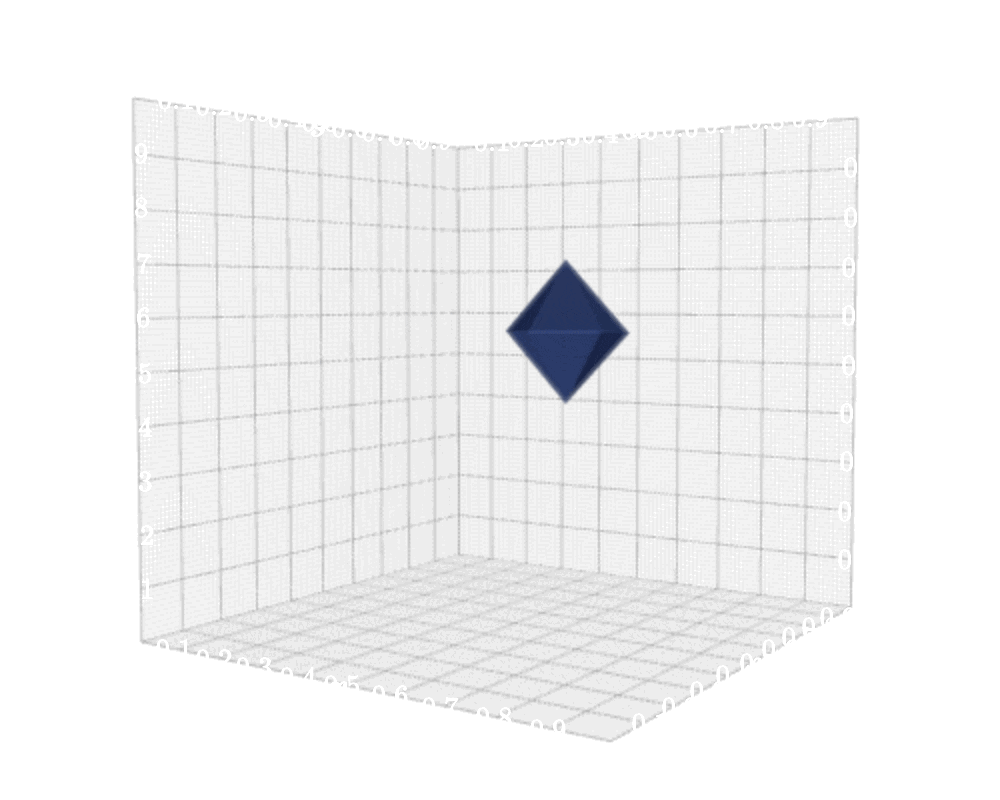For the first time, 3D advection-diffusion physics has been simulated on an IQM superconducting quantum processor using the quantum lattice Boltzmann method (QLBM). The demonstration, carried out by Quanscient using IQM’s Crystal 54-qubit Emerald chip on IQM Resonance, marks a major step forward in applying quantum computing to real-world physics problems across fluid dynamics, acoustics, and beyond.

The quantum lattice Boltzmann method models how particles move and interact on a lattice over time. Unlike classical simulations, QLBM uses quantum superposition to encode multiple flow directions in parallel, enabling a more efficient way to represent complex physical processes.
In this collaboration, Quanscient used the IQM 54-qubit QPU (Emerald) to simulate a 3D advection-diffusion process, such as when a dye droplet disperses through a liquid. For the first time, Quanscient simulated a lattice in 3 dimensions and encoded the 27 flow directions that they evolved in a real quantum circuit.
“We are really excited to be able to show our method for a 3D problem for the first time,” said Dr. Valtteri Lahtinen, Chief Scientist and co-founder at Quanscient. “IQM’s Crystal 54 Emerald QPU is of a size and quality where we can test scenarios that get step by step closer to industry applications. We are excited to work with IQM and push our development with their state-of-the-art hardware.”
Simulating the lattice in 3D significantly increases circuit complexity. In 2D, one only needs to compute the flows for 9 adjacent lattice sites, so going from 2D to 3D required more qubits, deeper circuits, and higher connectivity between them.
The 54-qubit Emerald QPU was key to overcoming these challenges. With improved gate fidelity, faster gate speeds, and an architecture optimised for gate connectivity, the team was able to:
These improvements made it possible to run a deeper and more complex circuit while preserving the quantum state long enough to get meaningful results.
To run the 3D simulation, 15 qubits on Emerald were used to encode both the 27 discrete flow directions and an 8×8×8 lattice. The process involved:

The figure on above shows how the qubit layout was used, and the video below captures the simulation in action – visualizing the diffusion of a droplet over time. The two pictures below compare the computed and the theoretical concentrations for the last timestep.
Running the simulation required a high degree of connectivity between the qubits to avoid costly SWAP operations. This was made possible by the physical layout of the IQM Emerald chip. Still, due to the inherent noise in superconducting qubits – each with unique noise characteristics – the raw data required error mitigation techniques to bring results closer to theoretical predictions.
 |
 |

Above: Video of the simulation over multiple time steps. Right Top: The theoretical concentrations for the final timestep compared to Right Bottom, showing the calculated results for the final timestep.
This 3D simulation demonstrates how quantum processors can now handle simulations of increasing practical complexity. As quantum hardware improves, techniques like QLBM could offer a path towards quantum advantage in applications like engineering, energy systems, or climate modeling.
This work highlights how advances in both quantum algorithm design and hardware capability are coming together to make quantum simulation a powerful tool for the future.
Find out more about Quanscient and contact to pilot their quantum algorithms
Find out more about the 54 square lattice chip Emerald on IQM Resonance

Andreas Theer is Head of Marketing and Communications at IQM Quantum Computers. He leads global marketing efforts to build awareness and drive the adoption of quantum technologies. With a background in product marketing, strategy, and communications, Andreas brings over a decade of experience turning complex technologies into compelling stories that engage with diverse audiences.
Search faster—hit Enter instead of clicking.